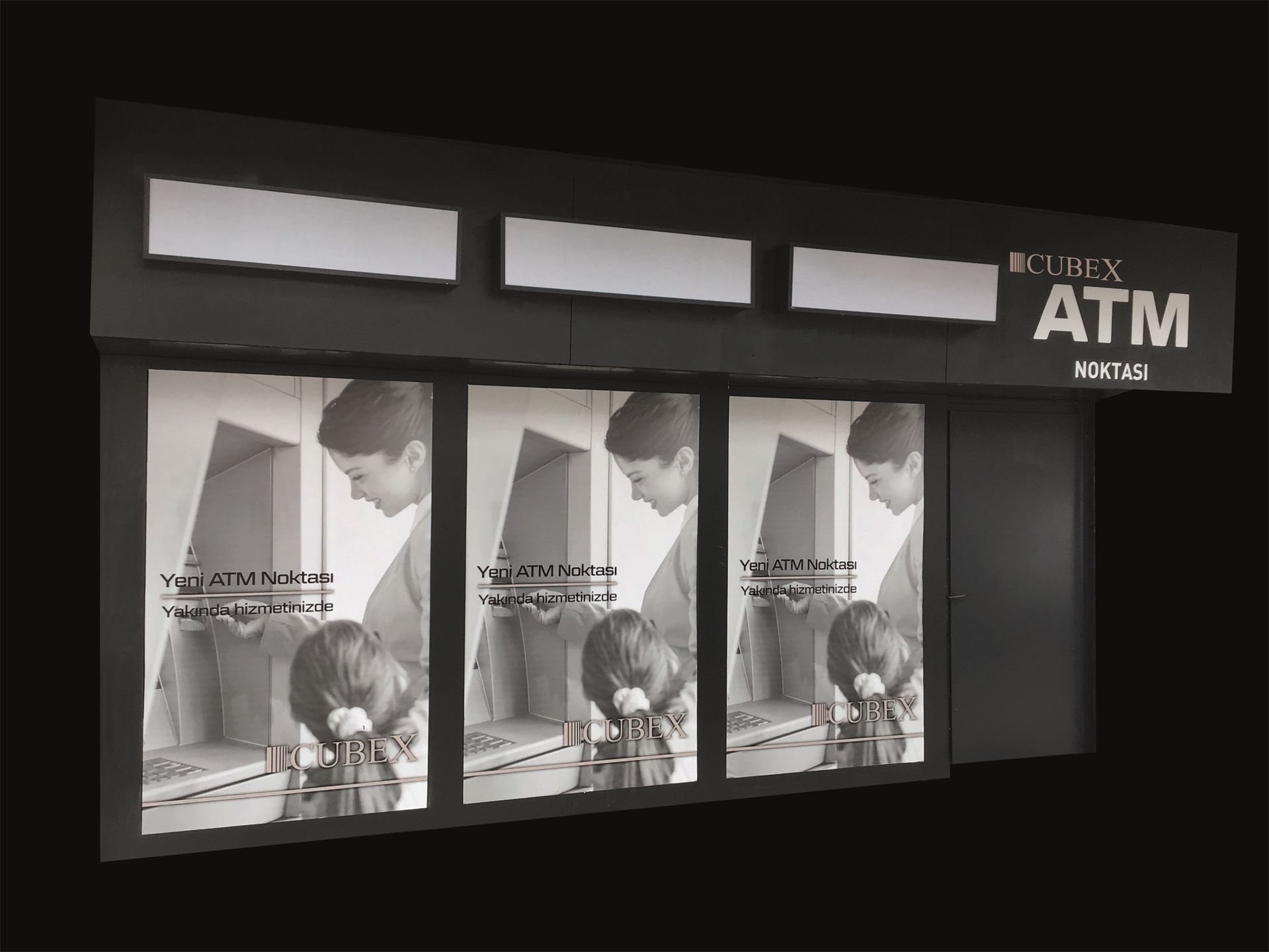An ATM Cabinet is a piece of urban furniture that contains an ATM (Automated Teller Machine) and peripherals in it, and is not a structure. According to the Ministry of Environment and Urbanization case law, these furniture, depicted as urban furniture, serves the purpose of facilitating the access of individuals in society to banking transactions, beyond housing ATMs of banks.
Banking services are carried out through branches all over the world, and with the development of ATMs, it has become an alternative to branches. In banking, ATM, internet banking and similar off-branch access sources have been defined as an alternative channel over the years. Among the alternative channels, ATMs that can perform any transactions made by branches, including deposits, have become important. Since ATMs are electronic transaction devices, they work together with various elements to enable them to perform their transactions effectively.
In order for the ATM and peripheral units to work together, booths are needed. Nowadays, in urban life, ATM booths mostly stand out in the form of a side-by-side sequential system.
Today, ATM booths are manufacturing facilities that contain electrical and insurance installations, data line installations and modems, air conditioning indoor and outdoor units. In addition to these, the following elements are mediocre in ATMs today.
Camera systems
Electrical grounding voltage devices
Humidity and temperature sensors
Remote monitoring devices
Impact sensors and alarm systems


